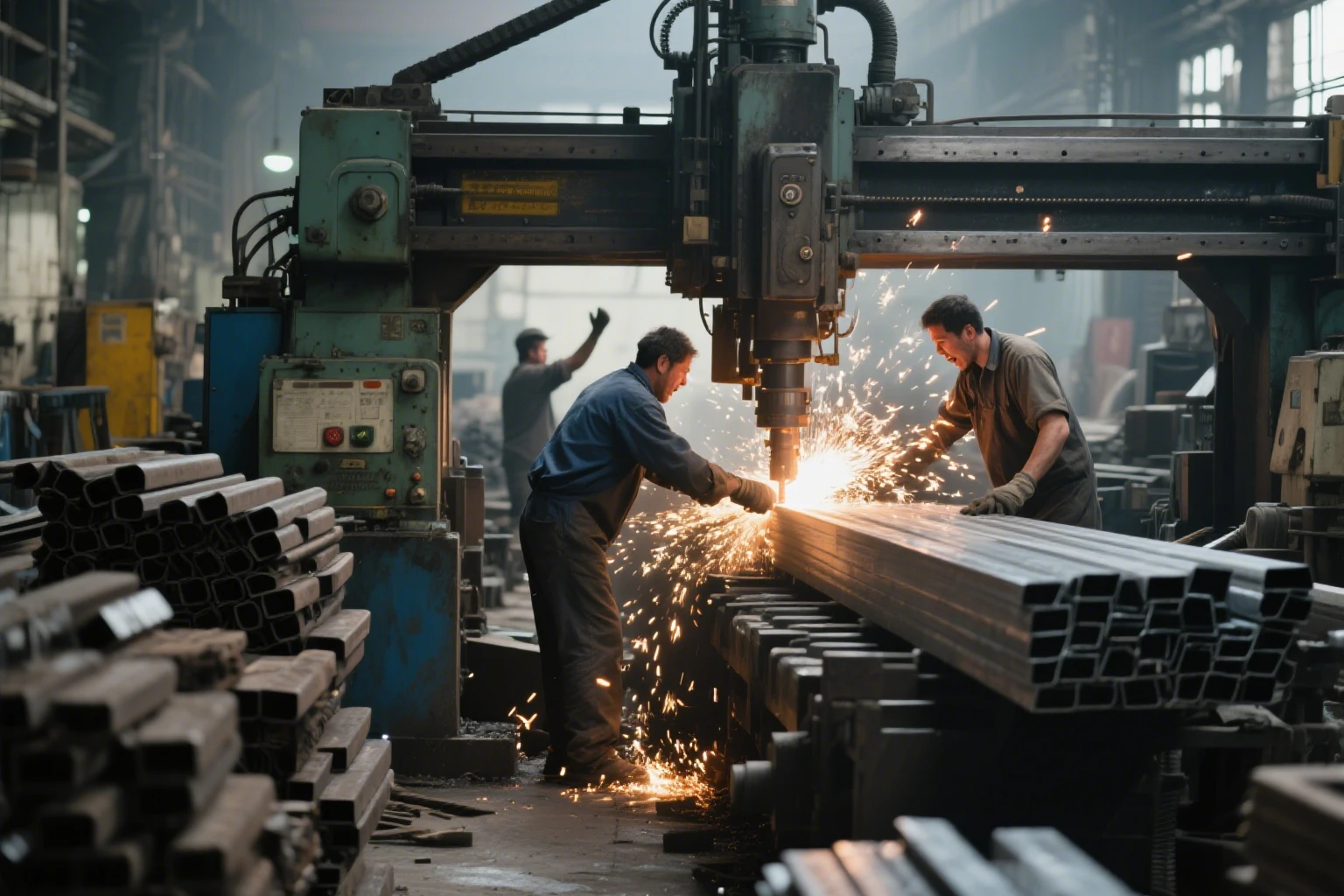
What are Shaping Steel Demand
Global Economic Growth and Its Effect on Steel Use
Steel demand is linked to the world’s economy. When economies grow, industries thrive. This boosts steel use in construction, manufacturing, and transportation. Developing countries with fast growth need more steel for projects like roads and cities. But when economies slow down, steel demand drops. Projects get delayed or canceled.
Infrastructure Growth and City Expansion
City growth drives steel demand. In emerging markets, people move to cities. This creates a need for roads, bridges, and buildings. These projects use a lot of steel. Governments are also funding sustainable and smart cities. This trend supports the steel industry’s future.
Advances in Steel Production and Uses
New technology improves steel production. High-strength, lightweight steels meet modern needs. For example, electric arc furnaces save energy and cut emissions. Steel is also used in renewable energy, like wind turbines and solar panels. These new uses create growth opportunities.
Will Steel Prices Go Up?
Past Trends in Steel Prices
Steel prices depend on raw material costs, global events, and economic cycles. When industries are busy or supply chains face issues, prices rise. But too much supply or low demand can lower prices. Tracking these patterns helps predict future prices.
Supply Chain Issues and Price Changes
Supply chains affect steel prices. Events like natural disasters or conflicts can disrupt raw material transport. Issues like port delays or worker strikes also cause price spikes. The 2025 steel market report will likely highlight these factors.
Raw Material Costs and Steel Prices
Raw materials like iron ore and coking coal drive steel costs. Changes in their supply or price, due to mining rules or trade tariffs, impact steel prices. Businesses should watch these factors for 2025 price predictions.
What Lies Ahead for the Steel Market?
Growth in Key Industries Using Steel
Automotive Advances and Steel Needs
The automotive industry uses a lot of steel. Electric vehicles (EVs) are changing what materials are needed. Lightweight, strong sheet metal for cars improves efficiency while keeping vehicles safe. As more people buy EVs, steel demand will grow. Along with the rise of automotive steel demand, OEM service for sheet metal for cars is getting improved, which revolutionizes car manufacturing in a good way.
Renewable Energy and Specialized Steel
Renewable energy projects need unique steels. Wind turbines use materials that resist wear. Solar panels need corrosion-resistant alloys. These trends support global green goals and shape the steel market’s future.
Regional Trends: Emerging vs. Developed Markets
Emerging markets like India and Southeast Asia will see strong growth. They are building cities and infrastructure. Developed countries focus on updating old systems and using advanced steels for green tech. These differences call for specific strategies at the 2025 steel conference.
What Challenges Does the Steel Industry Will Face from 2025 to 2030
Environmental Rules and Green Goals
The steel industry faces pressure to meet environmental rules. Governments want lower carbon emissions. Traditional steelmaking, like blast furnaces, uses a lot of energy and creates emissions. Companies must invest in cleaner methods, like hydrogen-based steelmaking or carbon capture.
Recycling steel also helps. It reduces waste and the need for raw materials. These efforts are costly but spark innovation. Balancing profits and green goals will shape the industry’s path.
Competition from Other Materials
Alternative materials like aluminum and plastics challenge steel. These materials are lightweight and versatile. For example, carmakers use aluminum to make vehicles more fuel-efficient. New 3D printing tech also uses non-metal materials. These trends may reduce steel demand. The 2025 steel conference will discuss ways to stay competitive.
Promispecial®: Your Steel Solution
Promispecial® tackles market challenges while meeting customer needs. It offers innovative products that match industry trends. By using advanced tech and green practices, Promispecial® delivers high-quality steel.
The company provides custom steel for construction, automotive, and renewable energy. Its green focus shows in eco-friendly production and research to cut emissions. This makes Promispecial® a trusted partner amid changing steel prices.
Promispecial® joins events like the 2025 steel conference. It shares insights on market trends and best practices. By staying ahead of tech and regulations, the company shapes the steel market’s future.
Its market reports help clients understand trends. This helps businesses plan purchases and adapt to supply chain or cost changes.
From 2025 to 2030, Promispecial® will keep innovating. It stays committed to sustainability and value. This makes it a key partner for businesses facing industry challenges.
Promispecial® builds strong partnerships. It listens to client needs. Its solutions are flexible and reliable. This approach sets it apart in the steel industry.
The company also invests in research. It explores new steel types for future demands. For example, steels for advanced renewable systems are in development. This keeps Promispecial® ahead of competitors.
Global trade affects steel markets. Tariffs or trade deals can change prices. Promispecial® monitors these shifts. It advises clients on smart buying strategies. This helps businesses stay profitable.
The steel industry is evolving fast. New tech and green rules are reshaping it. Promispecial® adapts quickly. It ensures clients get the best materials at the right time.
Looking ahead, the steel market faces risks. Supply chain issues may continue. Raw material prices could rise. But opportunities exist too. Green projects and city growth will drive demand. Promispecial® is ready to meet these needs.
Its focus on quality is clear. Every product meets strict standards. Clients trust Promispecial® for consistent results. This trust builds long-term relationships.
The 2025 steel conference will be key. Industry leaders will share ideas. Promispecial® will play a big role. Its insights will guide the market’s future. You can contact Promispecial® for your steel demand. We will help you in the future of steel industry.
In summary, steel demand depends on many factors. Economic growth, city expansion, and tech advances all play a part. Prices will shift based on supply chains and raw materials. The industry faces challenges like green rules and rival materials. But companies like Promispecial® are prepared. We innovate and deliver value. This ensures a strong future for steel.
FAQ
Q: What’s driving steel demand between 2025 and 2030?
A: Steel demand is tied to economic growth, especially in developing countries. Rapid urbanization in places like India and Southeast Asia fuels construction projects—think skyscrapers, bridges, and roads. The automotive industry, particularly electric vehicles (EVs), needs lightweight, strong steel. Green energy projects, like wind turbines and solar farms, also boost demand for specialized steels. Infrastructure investments and sustainability trends keep steel in high demand.
Q: How will global economic trends affect steel use?
A: When economies grow, industries like construction and manufacturing thrive. This means more steel gets used. Developing nations with booming economies will likely see the biggest spikes in steel consumption due to new cities and infrastructure. But if economies slow down, projects get shelved, and steel demand dips. Global growth is expected to be uneven, with Asia leading the charge.

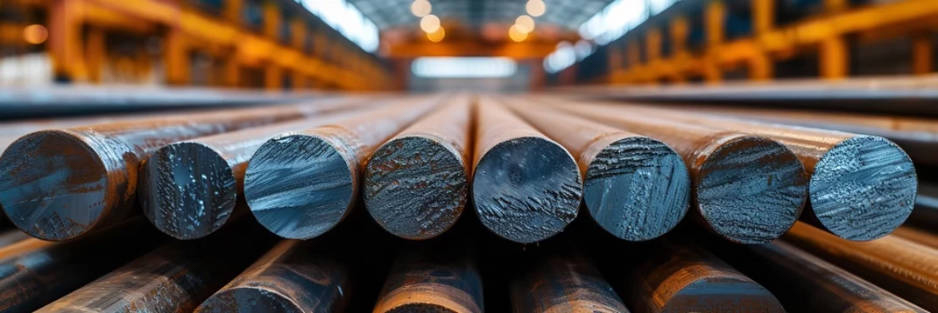
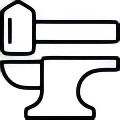



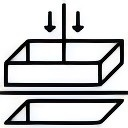






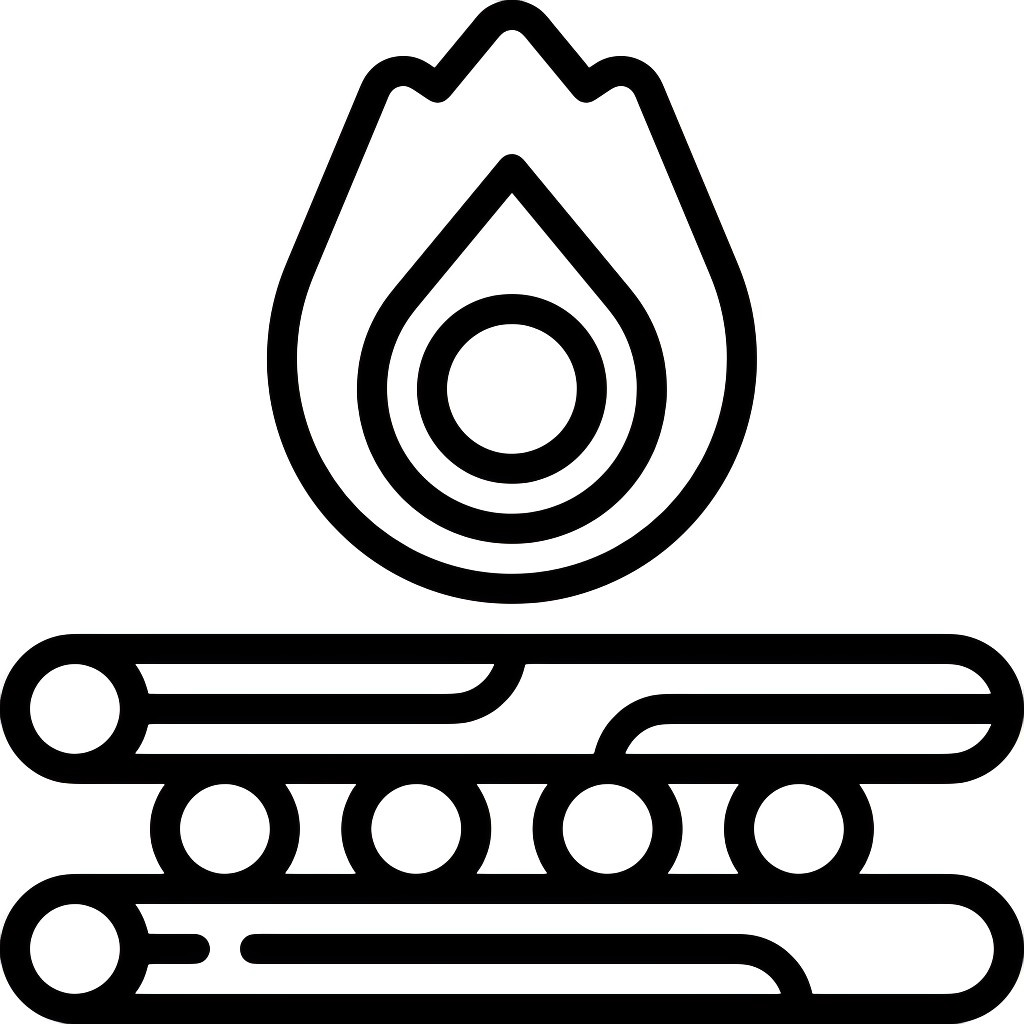

-1024x367.webp)



